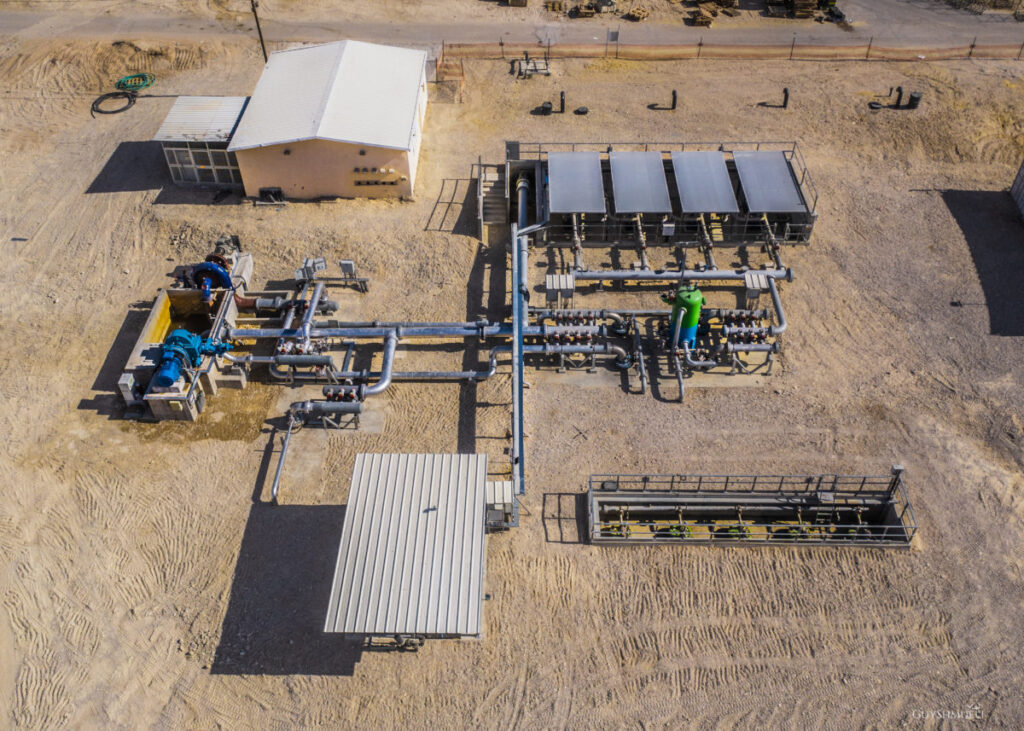Researchers in the United Kingdom have established that approximately 175 TWH of hydrogen and compressed air storage capacity will be needed to fully decrease heating in the United Kingdom. Chief researcher Bruno Cardenas told PV -Magazine That, when the demand for domestic heat is 100% electrified, the average annual demand for electricity and peak load in the grid is 26% and 70% higher than current levels.
The United Kingdom will need approximately 175 TWH of storage capacity when the heating of domestic space is completely ontaked, according to new research from the University of Nottingham in England. The claim is based on an analysis of future storage requirements for the electricity grid in different stages of the implementation of heat pump.
Bruno Cardenas, main author of the newspaper “The impact of heat pumps on the requirement for energy storage on the grade in the UK“” For publication in Renewable energy in July, told PV -Magazine The fact that implementing sufficient storage capacity to meet future demand is an enormous challenge.
“At the moment we don’t feel the storage challenge that much because the gas network is there and it has a huge amount of storage. You can store more gas in the pipes by simply increasing the pressure,” said Cardenas.
The scientists discovered that when the demand for domestic heat is 100% electrified, the average annual electricity demand and peak load in the grid is 26% and 70% higher than the current levels. The total energy costs also rise by around 4% below the modeled scenario, due to the required storage capacity. This means that according to Cardenas a fully disconnected British heating system requires considerable investments in long -term energy storage.
The researchers have modeled a scenario in which underground hydrogen covers and compressed-air energy storage (CAES) offer a combined 175 TWH of storage capacity. According to the scientists, hydrogen storage with 160 TWH capacity would cover about 220 days of the British demand plus 15 TWH of CAEs to cover for about 10 days.
Batteries were outside the specifications of the research, but Cardenas acknowledged that they are currently playing an important role in offering flexibility in the short term that he expected to continue.
The extremes in question are the most important problem as more heat pumps are used. Cardenas acknowledged that heat pumps are “super efficient”, but even said with a high performance coefficient, human behavior creates challenges.
“We see two highly marked peaks, one in the morning between 5 am and 8 o’clock when everyone wakes up and prepares – we turn on our boilers – and then one when we come back from work,” said Cardenas.
Thermal storage systems that are on properties and an increase in flexibility on the demand side can lower those peaks, but Cardenas said that action must now be taken to ensure that there is sufficient long -term energy storage to meet the future demand, because of the potentially ten years of construction time for some technologies.
“The need is recognized,” said Cardenas. “There is a lot of discussion about what the actual storage capacity number is, but we should not have paralyzing due to analysis. We do not need to know exactly how much it is. We just need to know that they are a few dozens of Terawatt hours.”
“Completion of the nearest entire number, at the moment we have 0 TWH of energy storage in the UK,” he concluded.
This content is protected by copyright and may not be reused. If you want to work with us and reuse part of our content, please contact: editors@pv-magazine.com.

